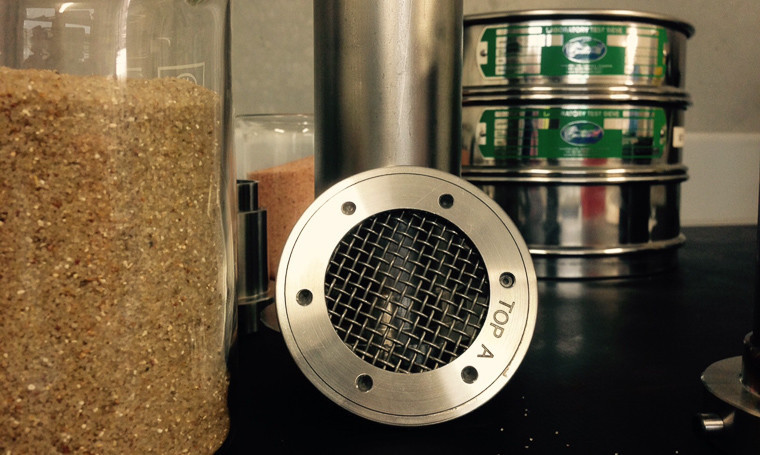
Both sides of the fracking debate are watching closely to see whether the decision to allow drilling in one North Yorkshire village will herald a new era for the industry across the UK.
Many campaigners who opposed the Third Energy application for Kirby Misperton said they feared that it would create an important precedent and “open the floodgates” for scores of similar applications.
Third Energy has said that fracking will not take place at its KM8 site for some time, as a range of further permissions and contracts have to be secured.
And the firm confirmed there will be a long period of testing to see whether the hydraulic fracturing technique really can produce commercially viable gas production at Kirby Misperton – a site which has been producing gas for 20 years with non-fracking methods.
But there is little doubt that firms putting together a swathe of other applications to frack around the UK will have been following the KM8 application very closely, along with the campaign groups devoted to stopping them.
Now the focus of the debate is likely to switch back over the Pennines to the other side of what the geologists call the Upper Bowland Shale – the vast seam of deep rock thought to be the richest in the UK for frackable natural gas.
Lancashire County Council refused an application by the firm Cuadrilla to frack at Preston New Road and Roseacre Wood, near Blackpool, but the company appealed, triggering a five-week long public inquiry.
The final decision is now in the hands of Communities Secretary Greg Clark, who is expected to make his announcement later this year.
Another imminent focus will be the application by IGas to frack under land near the village of Misson, which is just inside Nottinghamshire but close to Doncaster.
Michael Bradshaw, professor of global energy at Warwick Business School, said: “The Kirby Misperton decision should have no bearing on the outcome of the Cuadrilla appeal but the industry will feel buoyed by the fact that it is up and running again after a five-year hiatus.”
Professor Bradshaw said: “The sentiment of those living in Ryedale was overwhelmingly against shale gas development. Their understandable concerns were about the cumulative impact that widespread commercial shale development might have on the North Yorkshire landscape, but we are a long way away from that.
“The industry is in its very earliest stages of development and the Kirby Misperton site is not representative of the exploration and appraisal programme that must be followed to determine whether or not shale gas is commercially viable.”
Areas likely to yield shale gas and oil from fracking or more conventional methods are divided into blocks and companies are licenced to explore specific blocks by the Gas and Oil Authority (OGA) in England.
At the end of last year, 93 new licences in 159 blocks were granted in a move campaigners say could open swathes of the country to fracking.
Professor Bradshaw said: “After the changes introduced by the Infrastructure Bill, the licence holders must undertake 12 months of environmental monitoring – however, soon enough they will be coming forward with development plans that will require planning permissions. Thus, the campaigners are right when they say that the Kirby Misperton decision is just the beginning.
“What we have seen, first in Lancashire, and now in North Yorkshire, is bound to be repeated elsewhere and with growing frequency.
“It seems that Nottinghamshire may be the next venue as IGas is considering its options. Given its current strong support for shale gas development, the UK Government is not likely to declare a moratorium any time soon.”
He added: “The issues raised by both sides at Kirby Misperton show that we need a much broader and open debate about the UK’s energy future in the light of our strong commitment to climate change. Perhaps the imminent report from the Climate Change Committee about its views on shale gas development can spark such a debate.”